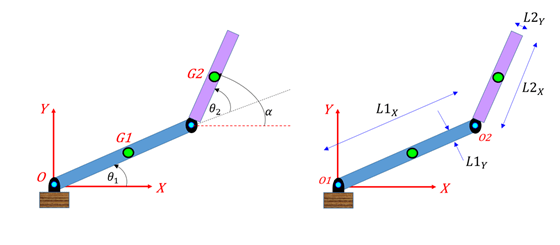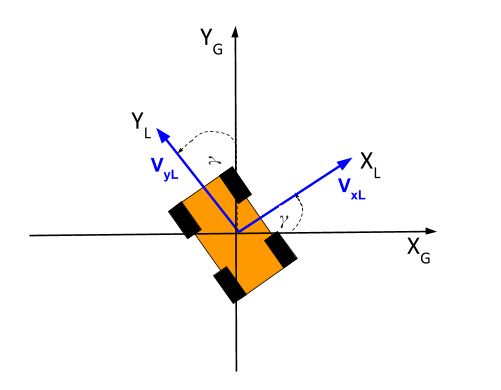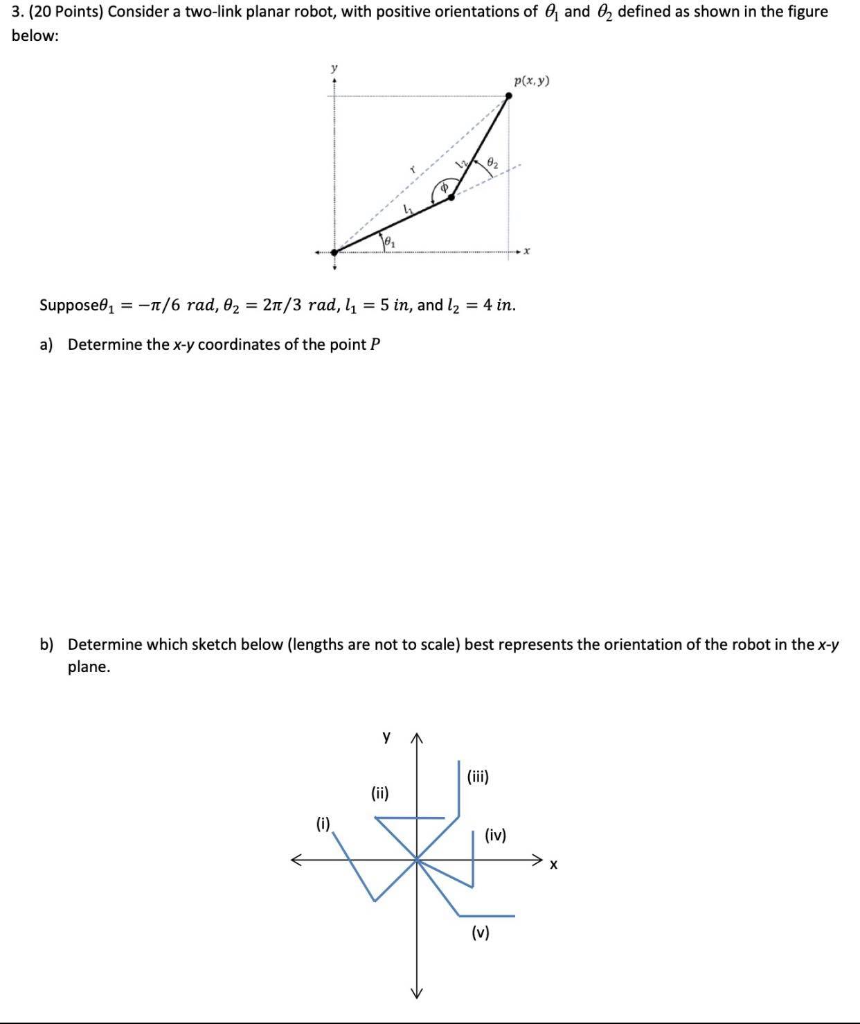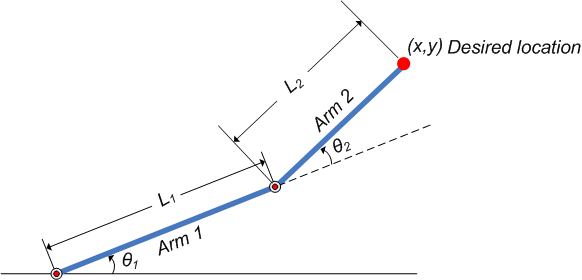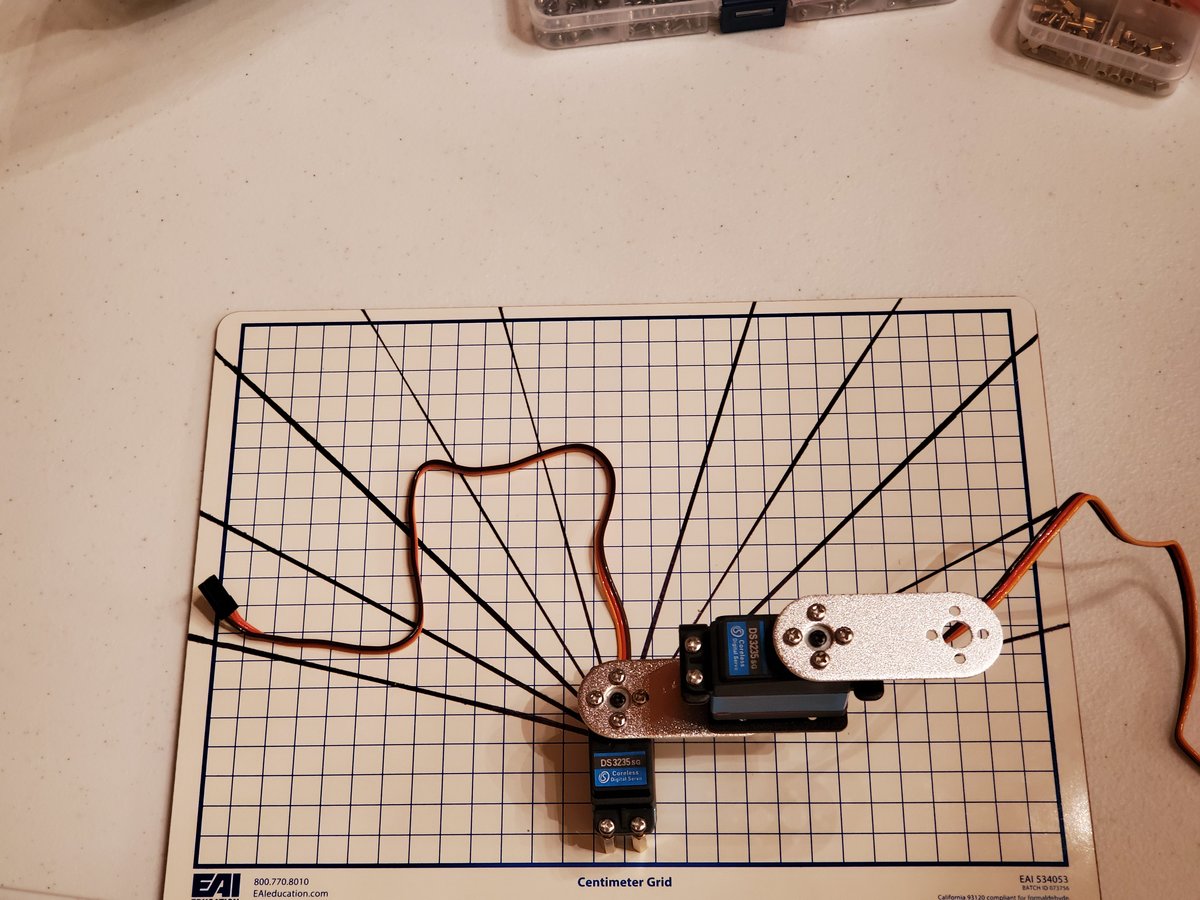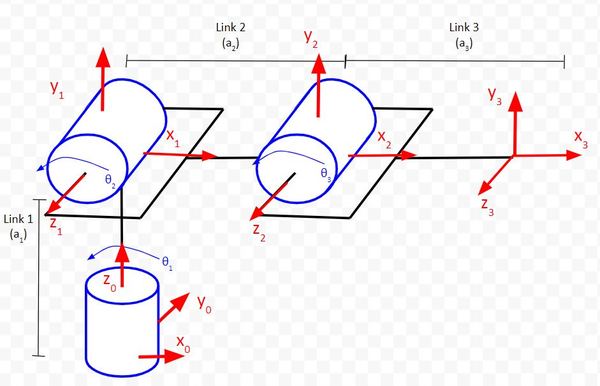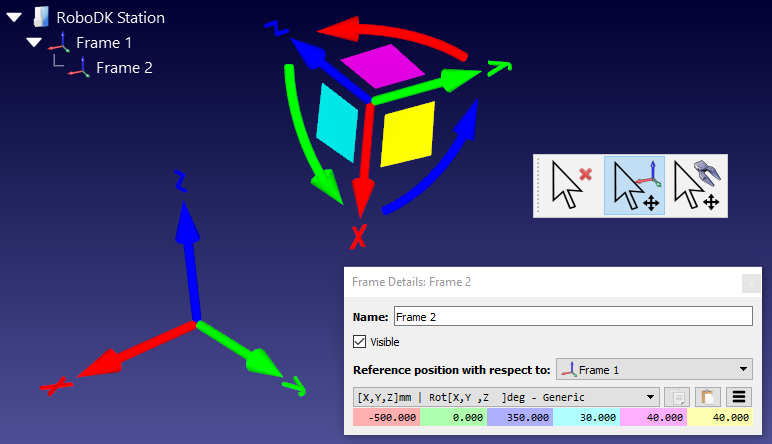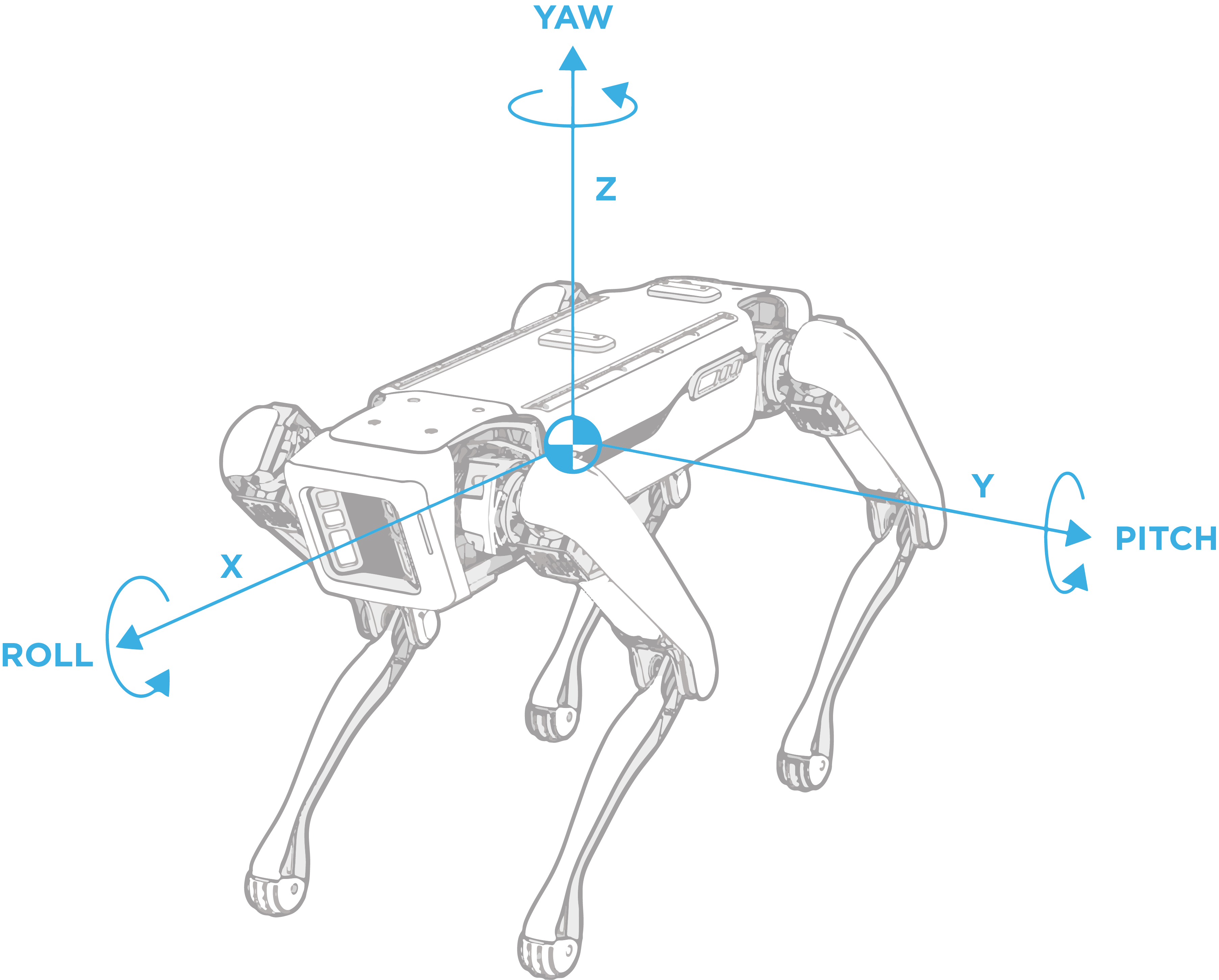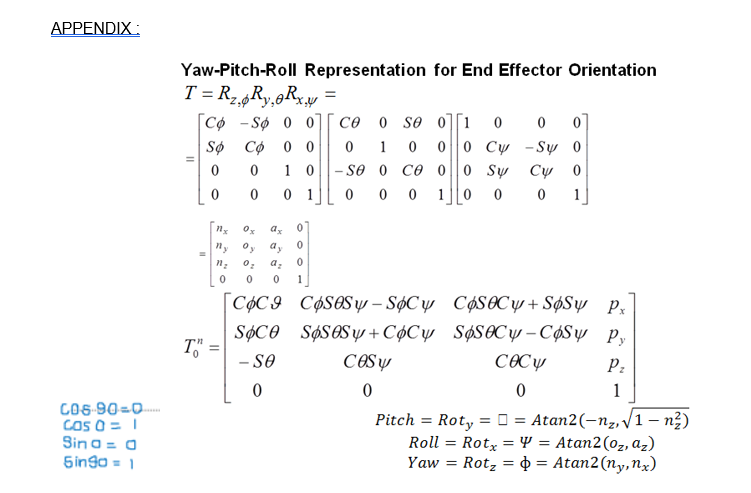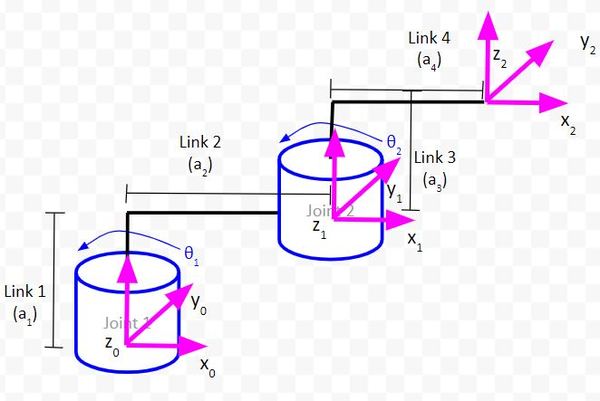
Mathematics Behind Robotics. Robotics research has been increasing… | by Madiha Jamal | DataDrivenInvestor
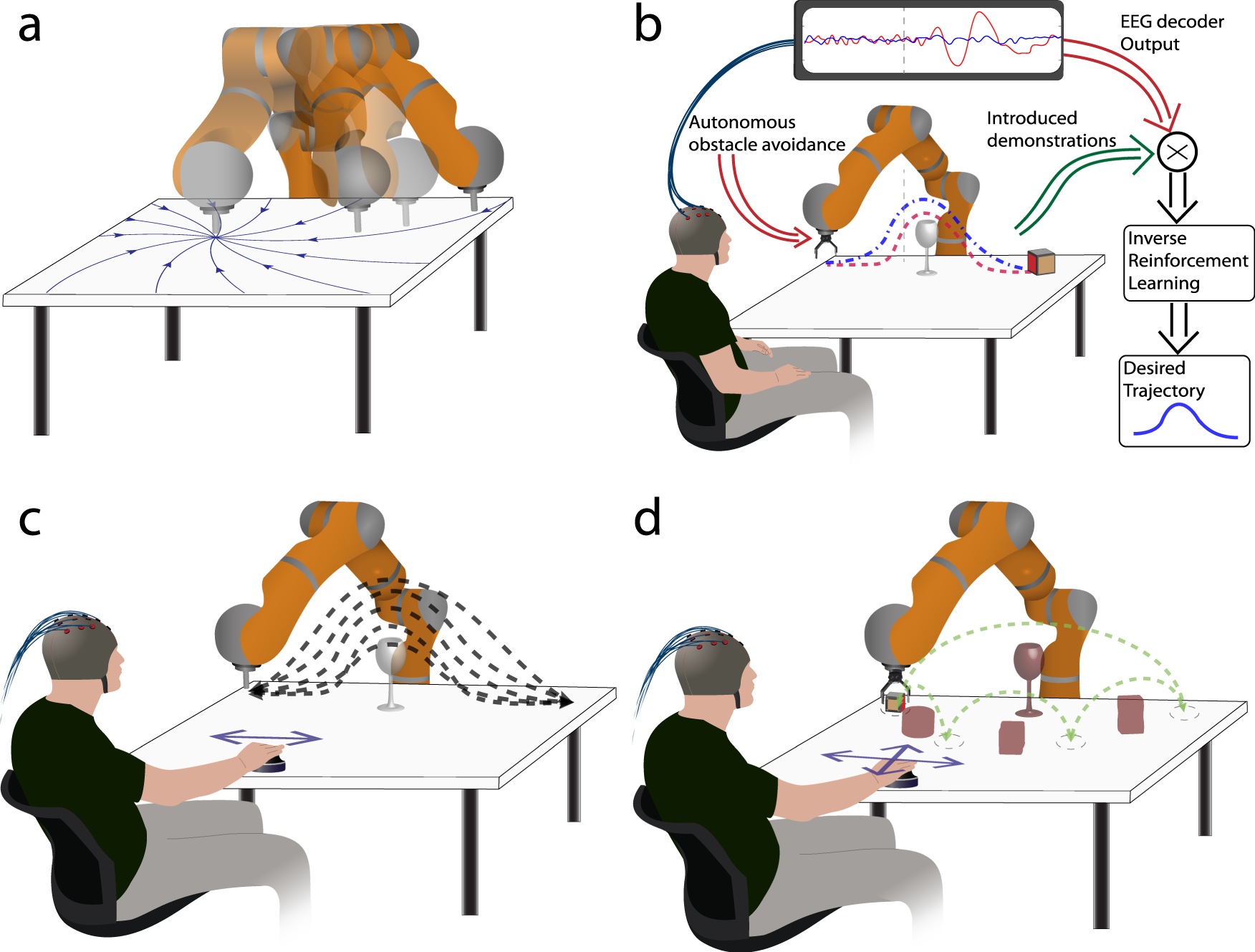
Customizing skills for assistive robotic manipulators, an inverse reinforcement learning approach with error-related potentials | Communications Biology
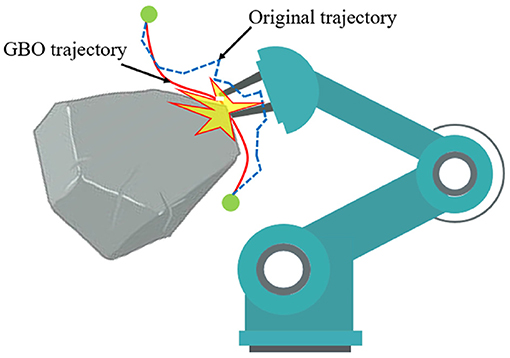
Frontiers | Creating Better Collision-Free Trajectory for Robot Motion Planning by Linearly Constrained Quadratic Programming
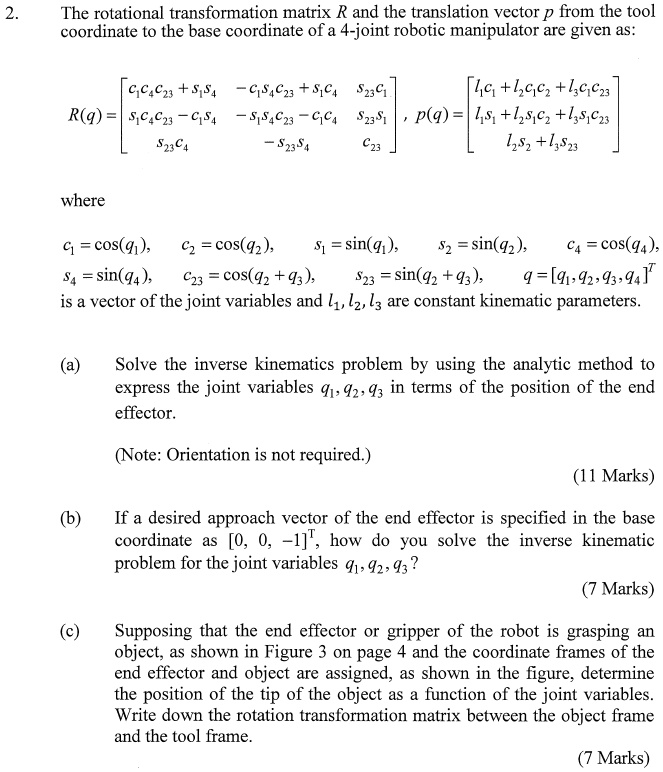
SOLVED: The rotational transformation matrix R and the translation vector p from the tool coordinate t0 the base coordinate of a 4-joint robotic manipulator are given as c,c,C2 +5,54 R(q) =| s,c,c2

opencv - Determining the angle in which to rotate the robot in respect to another object - Stack Overflow

